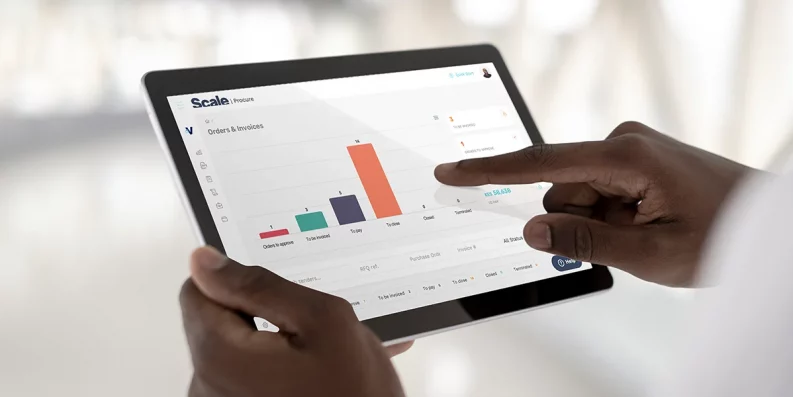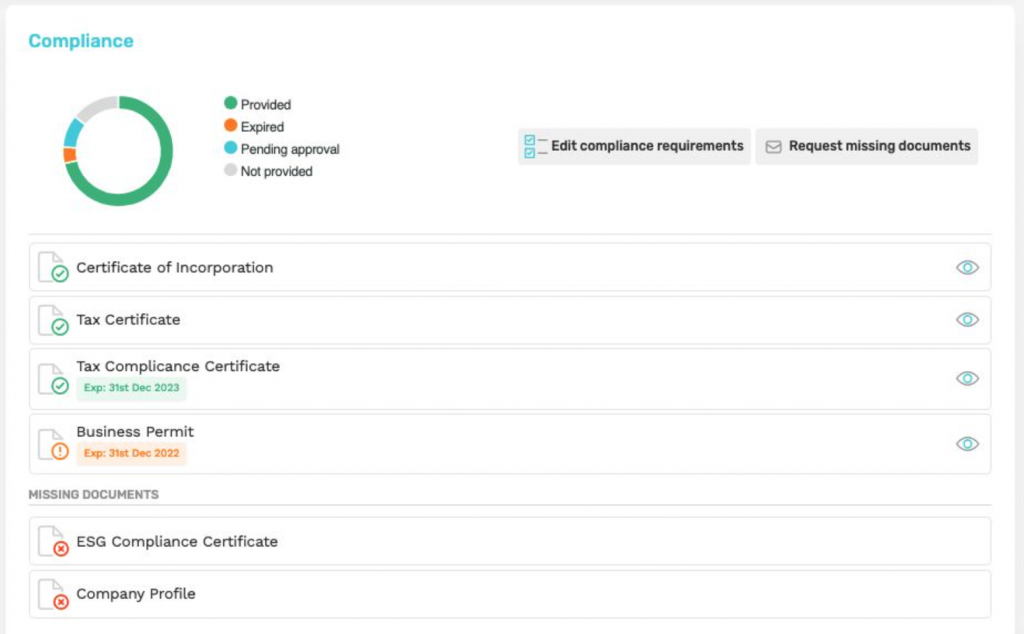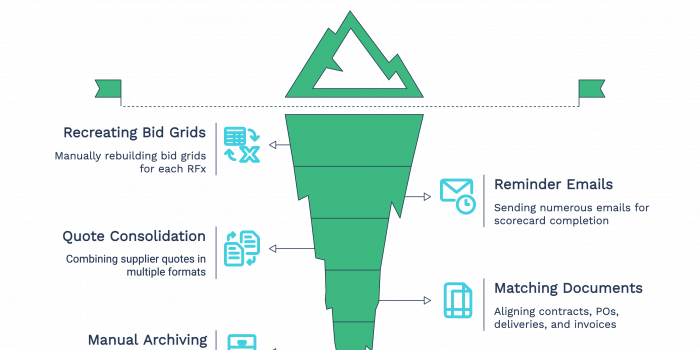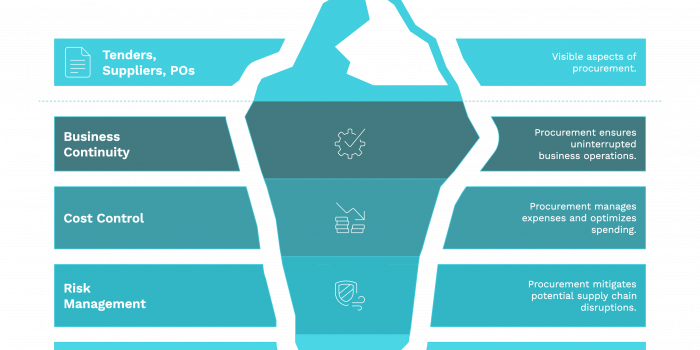Procurement Analytics: Making Data-Driven Business Decisions
Companies that prioritize procurement analytics in decision-making achieve tangible ROI improvements that positively impact the bottom line

In today’s rapidly evolving business landscape, CFOs, CPOs and CEOs are recognizing the importance of harnessing data in procurement analytics to optimize their organization’s sourcing strategies and drive greater returns on investment (ROI).
Data has become the lifeblood of successful decision-making across any organization. And for procurement, gone are the days when decisions were solely based on intuition and limited information.
“Companies that prioritize procurement analytics in decision-making achieve tangible ROI improvements that positively impact the bottom line..”
Business Leaders in forward-thinking organizations that have embraced Procurement Analytics get to uncover hidden opportunities for cost optimization, supplier performance improvement, and risk mitigation. Some reports show that such companies can experience an average of 20% cost reduction and 15% improvement in supplier performance over those that remain on traditional approaches.
But what exactly is the transformative power of data in making decisions in procurement? How can analytics revolutionize the way companies approach supplier management and optimize purchasing processes? Here are some of our thoughts on this:
1. The Power of Procurement Analytics
As a business, you already generate vast amounts of procurement data that needs to be tracked and leveraged to gain valuable insights. Having insights into your supply chain processes, vendor performance, and expenditure patterns means making informed, data-backed decisions that align with the organization’s strategic goals.
2. Identifying Cost Savings Opportunities
One of the primary objectives of any procurement strategy is to reduce costs while maintaining or improving the quality of goods and services acquired. Data-driven decision making allows businesses to identify cost-saving opportunities that might otherwise go unnoticed. By analyzing historical spending patterns, volume discounts and supplier performance, business executives can negotiate better deals and optimize their procurement processes for maximum cost efficiency.
3. Supplier Performance Evaluation
Maintaining a roster of reliable and efficient suppliers is crucial in improving the overall efficiency of your supply chain. Using analytics, businesses can evaluate supplier performance based on various KPIs such as on-time delivery, quality of goods and responsiveness. By objectively assessing vendor performance, companies can foster stronger relationships with top-performing suppliers and address issues with the underperforming ones.
4. Predictive Analytics for Inventory Management
For businesses that rely on inventory, predicting demand and managing stock levels can be a challenging task. However, with predictive analytics, CFOs, CPOs and CEOs can gain insights into market trends, seasonal fluctuations and customer behavior. Being able to do this affords more accurate inventory forecasting, reducing the risk of overstocking or stockouts, optimizing working capital and improving cash flow.
5. Mitigating Risks and Ensuring Compliance
By continuously monitoring suppliers and analyzing external factors that may impact the supply chain, organizations can proactively identify potential risks within the procurement process, and take preemptive measures to mitigate them. Further, using digital technology can aid in ensuring compliance with regulatory requirements, preventing costly penalties and reputational damage.
At Scale, we recently rolled out a Compliance Monitoring tool within the SRM module that ensures you collect all the required documentation from Suppliers. It comes with the ability to verify the authenticity of some of these regulatory/registration documents (more details on this in an article coming soon).

6. Driving Strategic Decision Making
Business leaders can use analytics to align procurement decisions with broader business strategies. These strategies can include sustainability initiatives, diversity goals and long-term growth objectives. This strategic approach enhances the value of procurement as a driver of competitive advantage and innovation.
As a critical function in organizations, procurement needs to be elevated beyond simple cost containment. Achieving this means that procurement professionals must ensure data-driven insights are incorporated into the entire procurement process.
By leveraging data to drive strategic decision making, companies can position procurement as a strategic enabler. And using it, harness the power of analytics in maximizing efficiency and achieving sustainable growth in an increasingly competitive global landscape.








